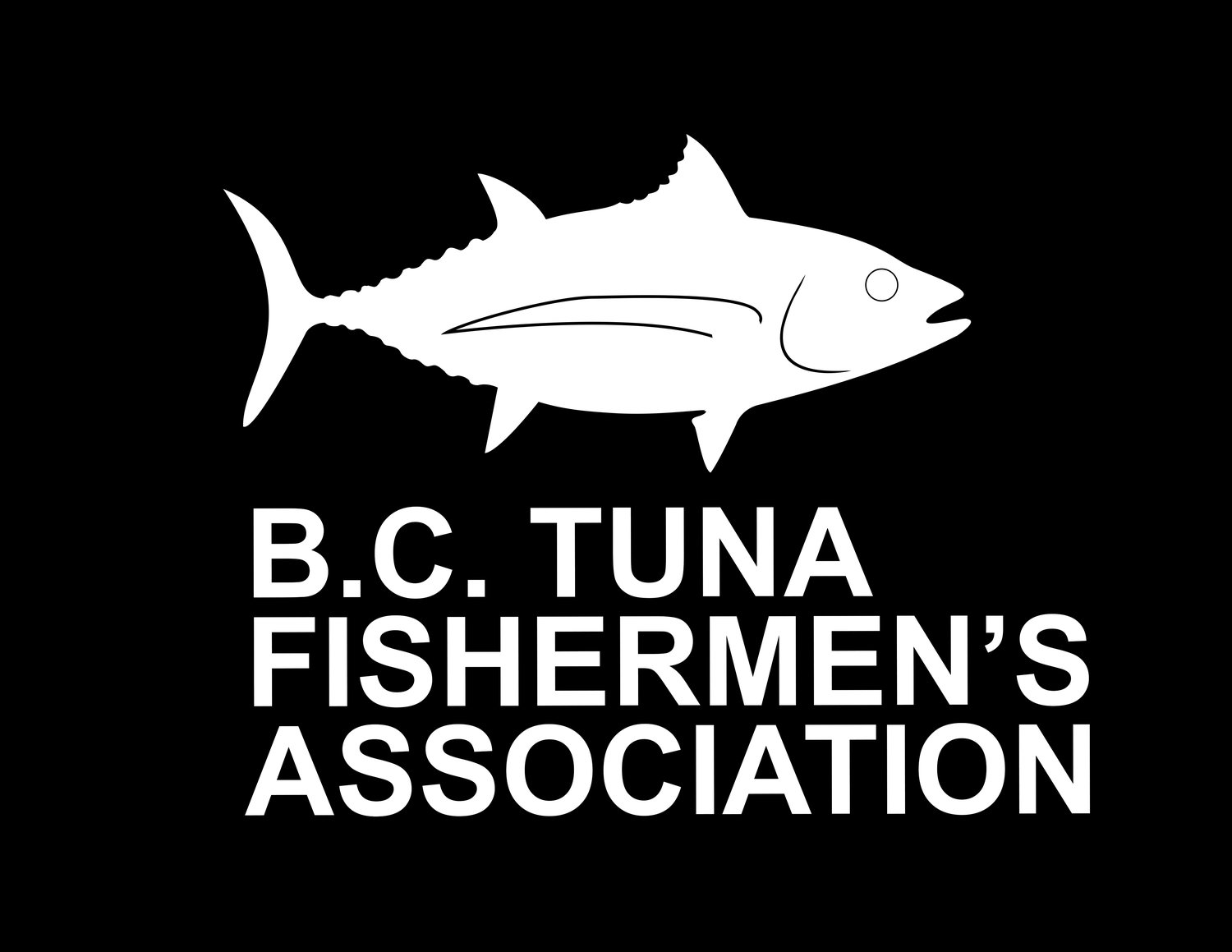ANCHORAGE, Alaska (KTUU) - This summer 48.95 million sockeye salmon are forecast to run in Bristol Bay, but with the coronavirus pandemic rapidly expanding in the United States, non-local fishermen are urged to delay traveling to the region while processors, local government leaders and other stakeholders work to formulate a plan to prosecute the fishery in the wake of COVID-19.
On Thursday, the Bristol Bay Regional Seafood Development Association, which represents the Bristol Bay drift gillnet fleet, issued its first COVID-19 advisory to the fleet asking that non-local Bristol Bay Fishermen delay travel to the region until at least May 1 and listed the state mandated quarantine protocol for anyone who does travel to Alaska from out of state.
“You do NOT want to be the outsider photographed or seen around town in public spaces if this situation turns for the worst. Such actions could quite literally jeopardize your business, your fishing career, and even personal health. Do not risk it, and make sure your crew does not place your business at risk either,” the BBRSDA advisory said.
Since Alaska enacted a limited entry permit system, the share of permits held locally by Bristol Bay residents has declined by more than 50 percent, according to a 2017 University of Alaska Fairbanks analysis. Many drift fishermen make the trip each summer from Washington, Oregon or California.
In addition to non-local fishermen, the region is also infused with around 5,000 seasonal workers to operate more than a dozen seafood processing plants.
With shared bunkhouses, bathrooms and cafeterias, the traditional model of living and working conditions at processors is at odds the recommendations of social distancing and limited crowd exposure to prevent spreading coronavirus.
“Historically the influx of plant personnel and the start of the fishing fleet starting to show up to work on their boats is the first week of May,” Bristol Bay Economic Development Corporation Executive Director Norm Van Vactor said. “I think a lot of us are praying to God that technology rapidly advances in the next couple weeks because the good news is that we have a couple of weeks. But we also know that that goes by with the flash of any eye. So I think what most of us are hoping for is that in fairly short order here we can get into a testing and evaluation protocol that will pre-test employees prior to getting on an airplane. And then that’s obviously not the end of the story, but once people get to where they’re going, have some protocol for continual health evaluations.”
Processors traditionally rely heavily on migrant workers and international student workers through the J-1 visa and H-2B work permit programs. Earlier in the outbreak, Van Vactor said the fear among processors was a labor shortage due to international travel bans. However, due to massive layoffs of American workers, Van Vactor says finding labor isn’t expected to be the primary issue.
“There’s going to be a lot of people potentially, sadly, looking for work. But then you have to address, now that we’ve got this pool of individuals and potential employees, how do we get them to rural Alaska and to Alaska period and get them safely to our facilities, and how do we ensure that we don’t have carriers in the midst. Because the last thing any single seafood plant wants is to have one person, two people, that potentially are carriers and impact the whole facility,” Van Vactor said.
Given the challenges coronavirus presents, Van Vactor says that processors will likely put off planned facility upgrades and may bring in a smaller crew and lower production goals for 2020.
“Understand though that we have a very strong run forecast in place for the upcoming year, so all of those options of curtailing production performance impact everybody. Because if your company that you sell fish for has to operate with less fishermen, if they have to defer projects to make their plants more efficient, then the likelihood of that processor not being able to process all the fish and have limits in place and those kinds of things start to kick in,” Van Vactor said. “Now is that a preferred option to not having a market at all? Absolutely.”
…
Prosecuting a Community-health-conscious fishery amid COVID-19
Even with a workforce that is largely non-local, fishing drives the economy in Bristol Bay. In 2019, the ex-vessel value of the sockeye caught topped $306 million dollars. The raw fish tax helps fund local government and the industry creates other downstream economic opportunities.
However, Van Vactor says the community is not willing to put the economy ahead of its health.
“I think everybody is realizing that we’ve got to put health and public safety in front of economics, and first and foremost we need to hear the concerns of the communities in which these facilities are located and make sure that the communities are comfortable with the protocols in place,” Van Vactor said. “Bristol Bay has a long memory, and good or bad, history has a tendency at times to repeat itself. And the 1918-19 flu epidemic was especially devastating in rural Alaska and Bristol Bay in particular. And a lot of the elders of our communities are products of that generation of orphans. So this time around hopefully we have the opportunity to alter history with a more positive outcome.
The organization that represents Bristol Bay’s drift fleet says it is working with local government leaders and processors to create a COVID-19 Fleet Plan “to successfully prosecute the fishery without jeopardizing the health and lives of local residents or industry workers.”
The BBRSDA says it will update the fleet on its progress on planning efforts on its website by April 1 or sooner.
Copyright 2020 KTUU. All Rights Reserved.
